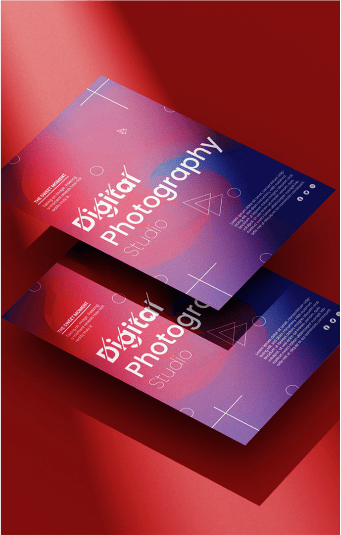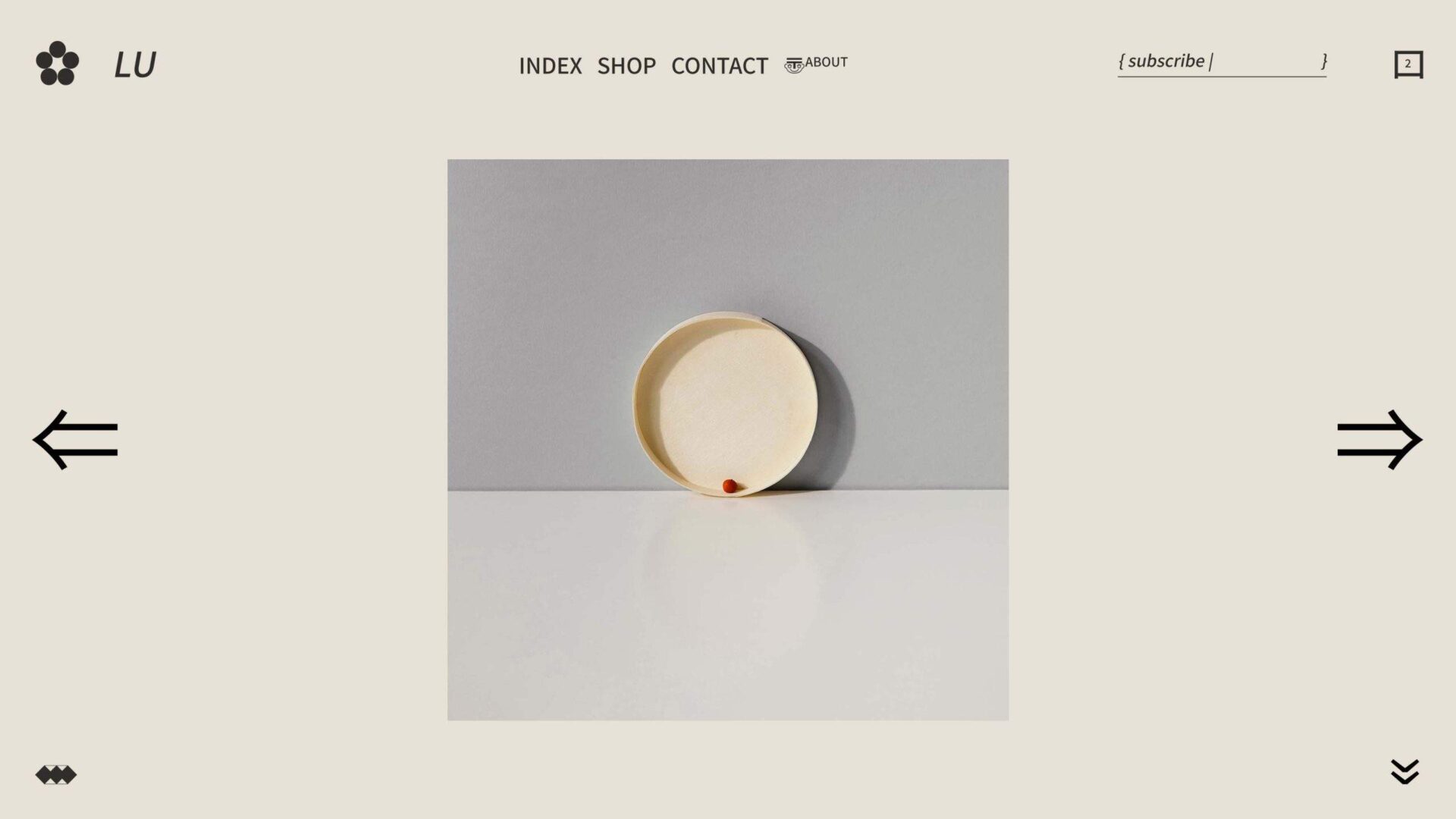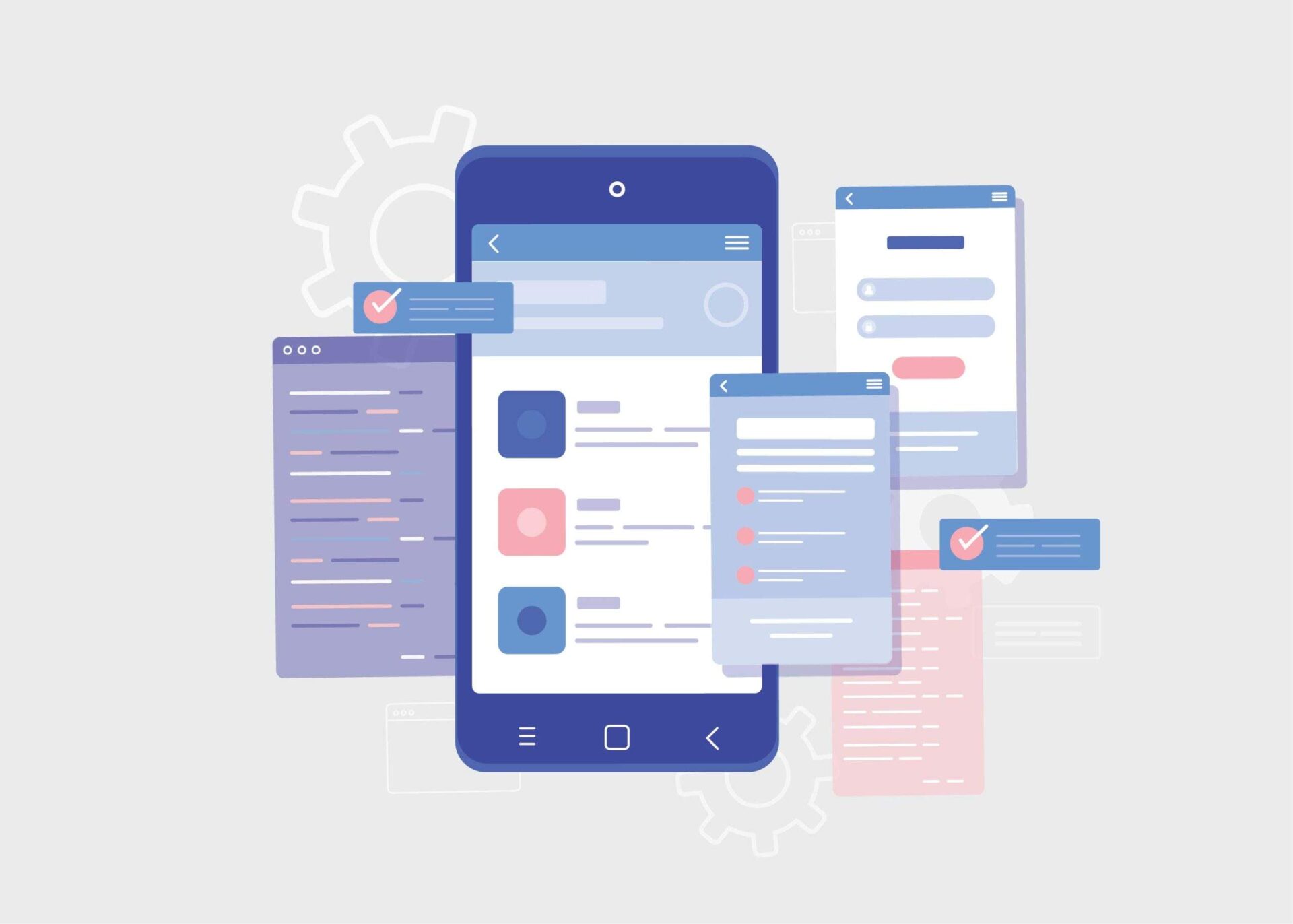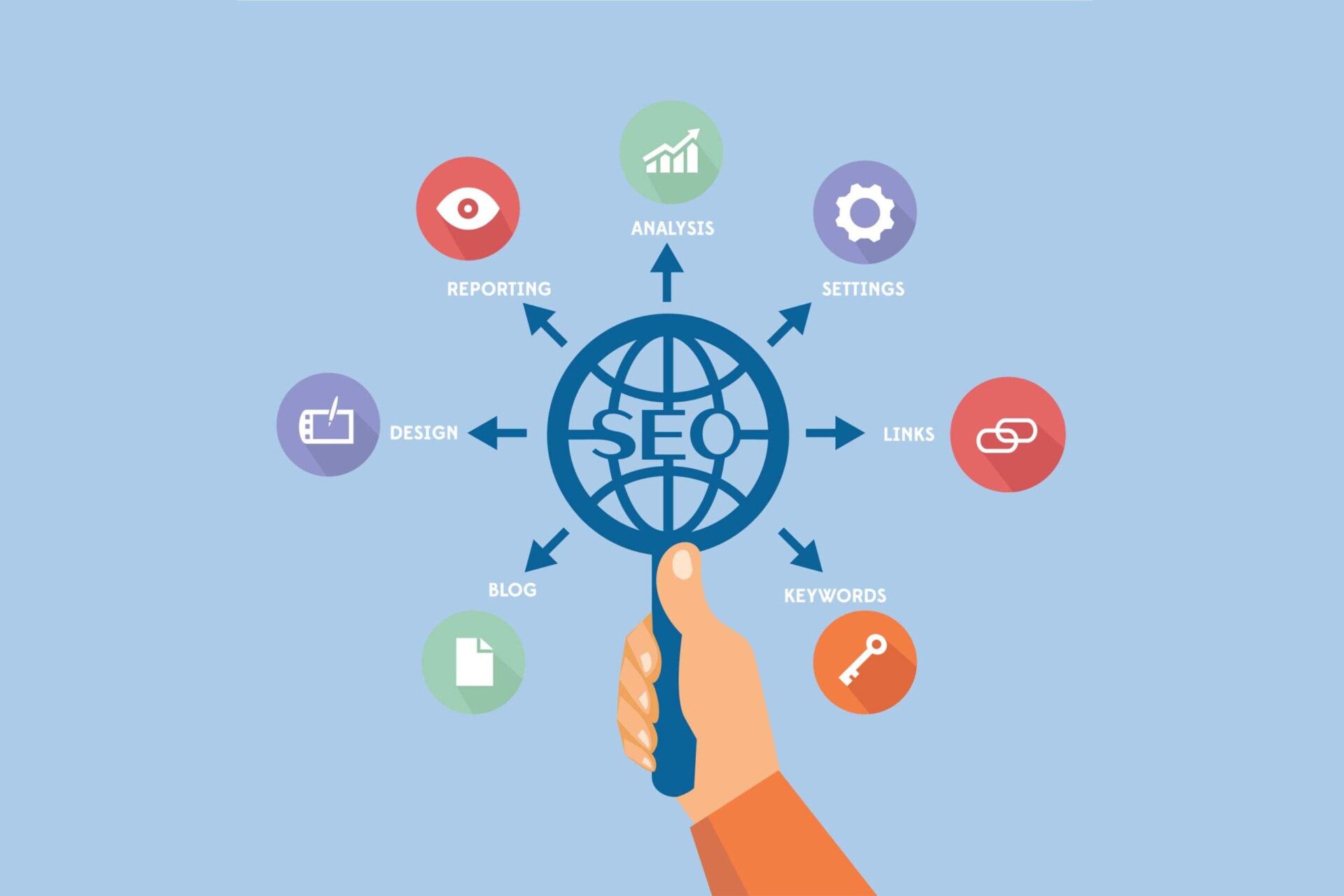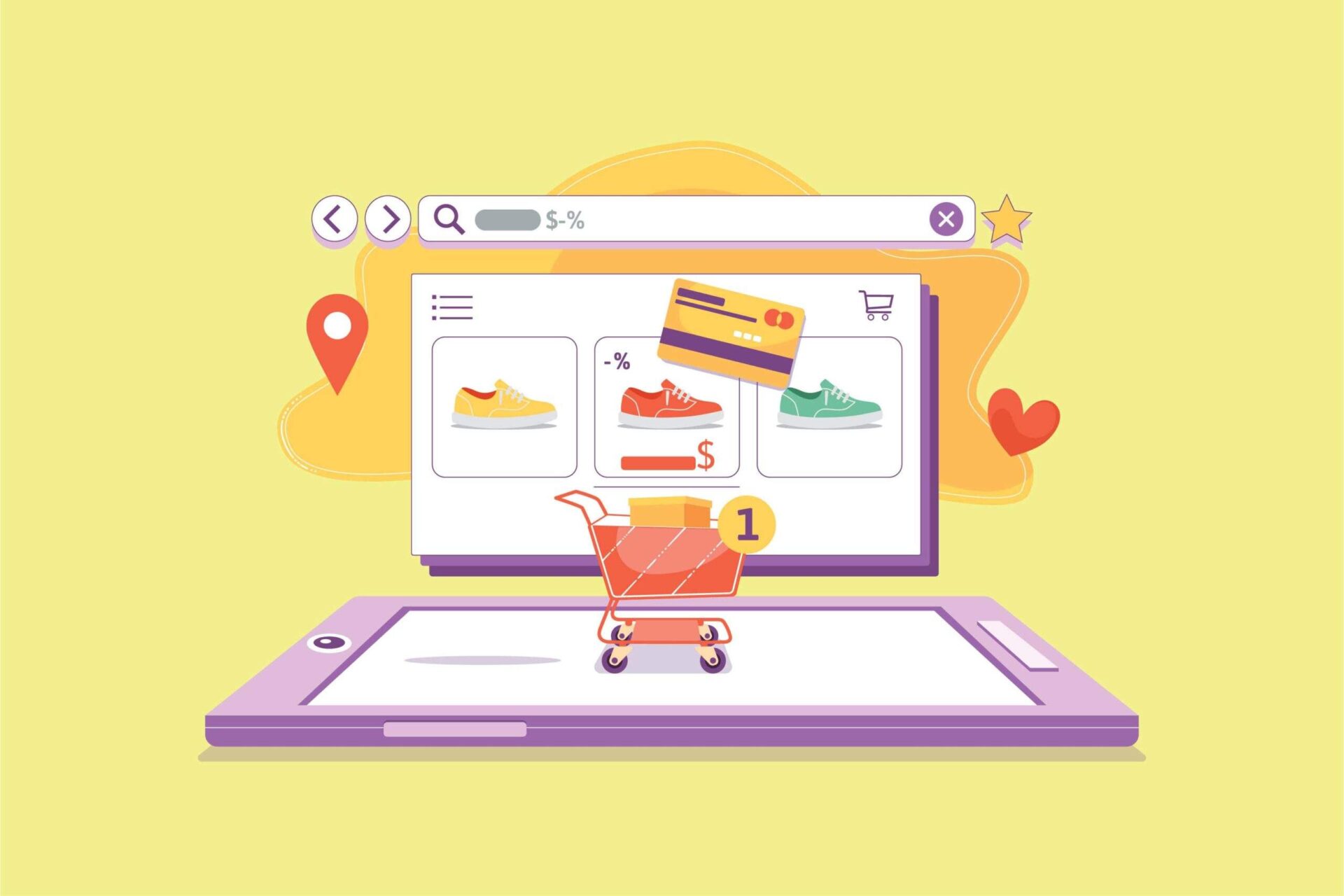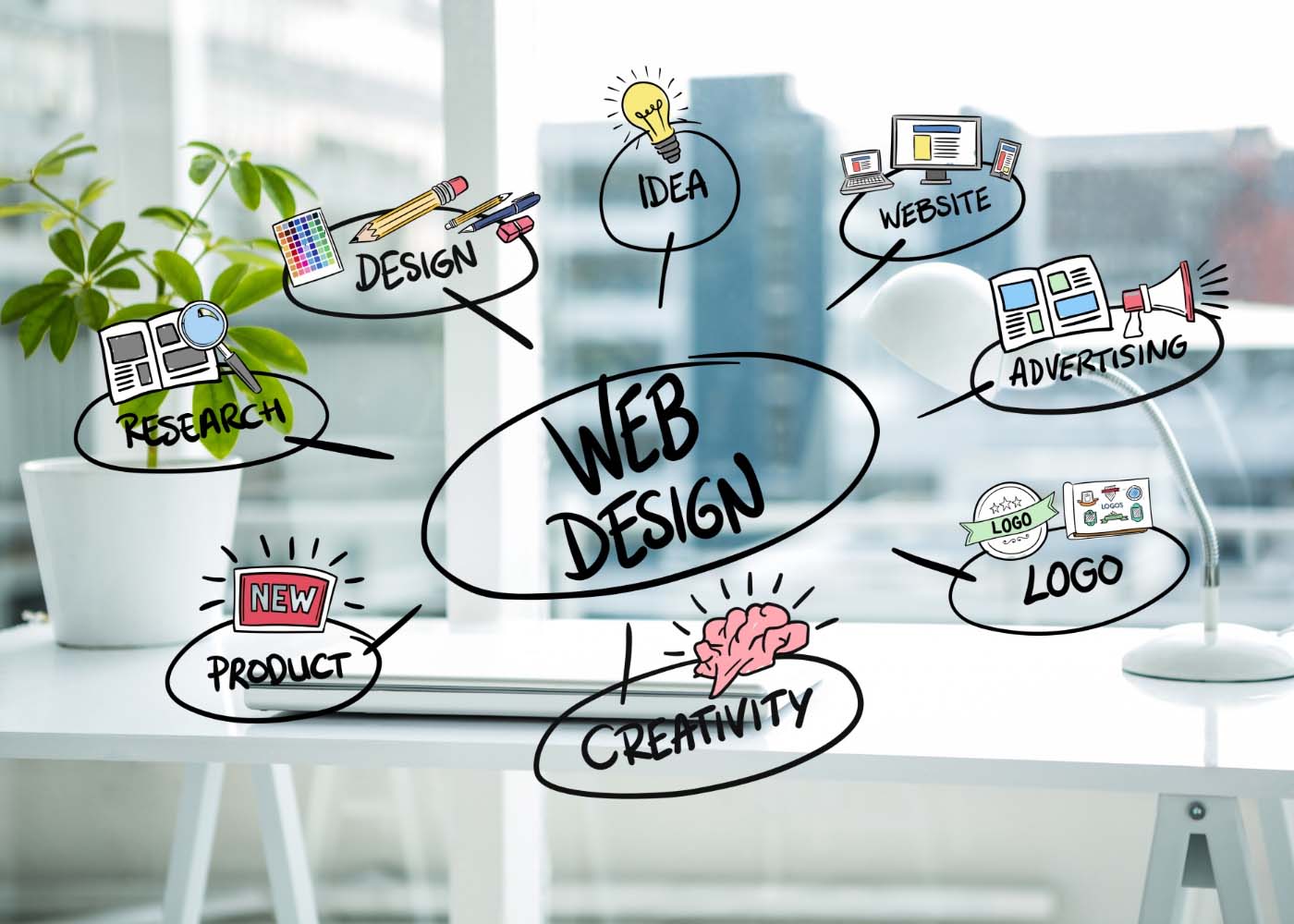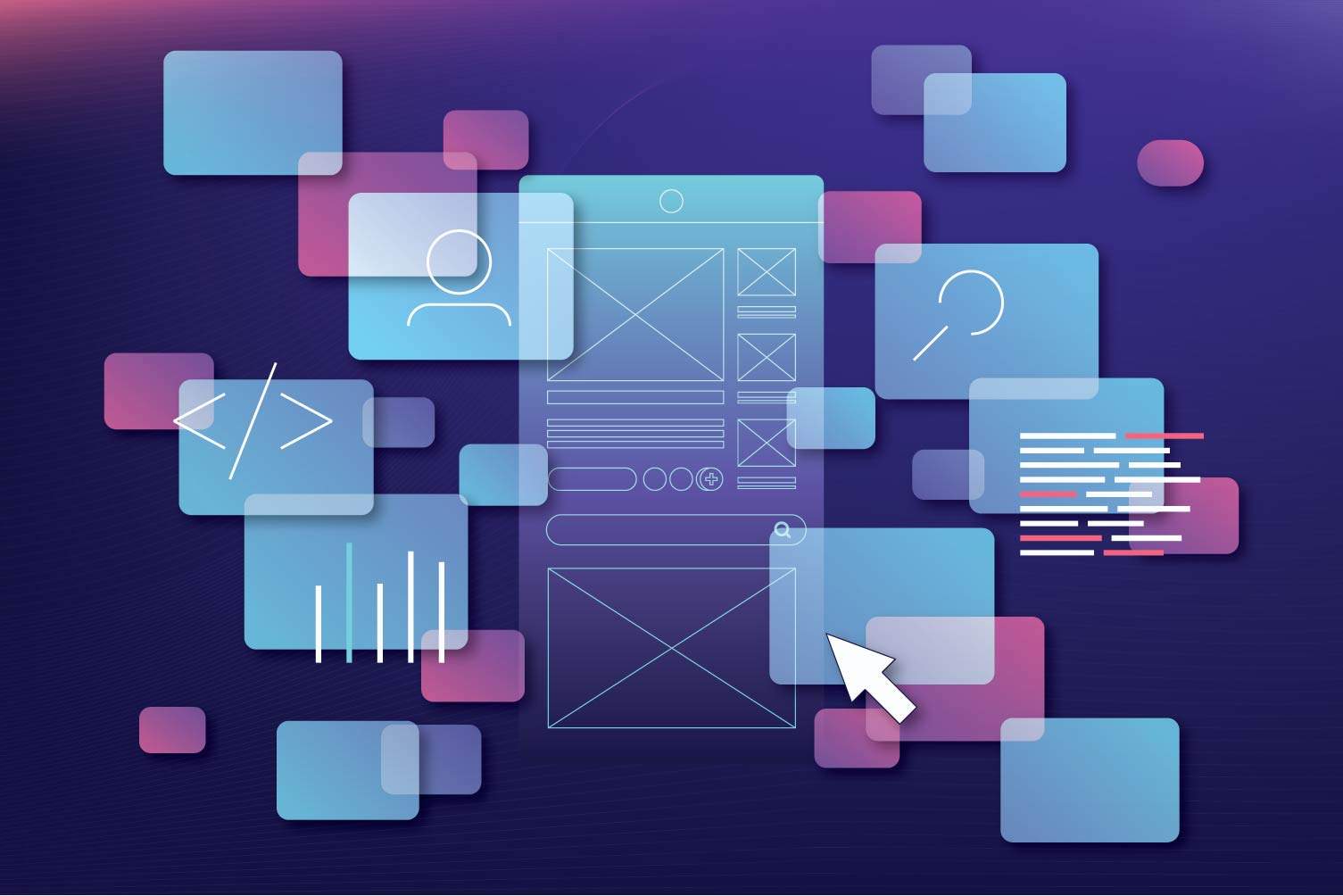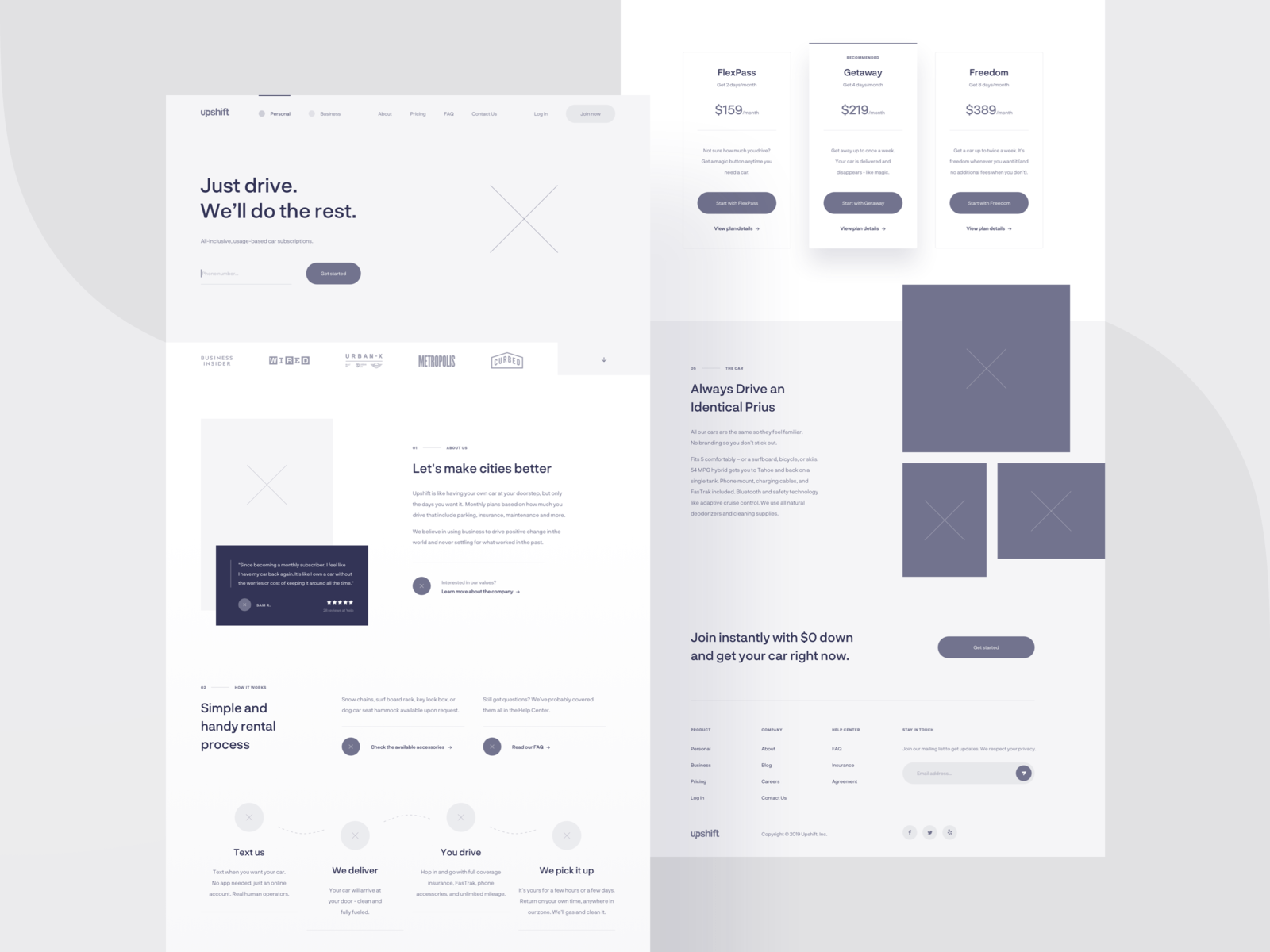According to What’s The Big Data forecasts, by the end of 2024, the number of mobile users in the world will reach 7.1 billion (with an annual growth of 5% observed over the past five years). This trend cannot be ignored by website and app owners as, most often, it’s vital for ensuring user engagement and gaining a strong competitive advantage. So, how do you know if you should consider a mobile-first design for your future project, too? Let’s figure it out.
What Is Mobile First Design?
Mobile first web design is a special approach to creating web solutions, which involves developing mobile design first of all. As the main components of the project are implemented, minor ones are added, which is called progressive advancement. With this approach, users of devices with small screens get access to the main functionality immediately, and to other components – through swiping, scrolling, and other features provided by mobile devices.
How Does It Differ from Responsive Web Design?
An alternative to mobile-first design is responsive design, which, in contrast, stretches according to the screen parameters of the user device using the principle of dynamically collapsing blocks. You can learn more about this type of design here:
Estimated Market Size and Key Drivers
An alternative to mobile-first design is responsive design, which, in contrast, stretches according to the screen parameters of the user device using the principle of dynamically collapsing blocks. You can learn more about this type of design here:
Final Thoughts
According to The Business Research Company forecasts, the global F&B market volume in 2024 will be $85.25 billion. The average projected annual growth rate is 20.7%. The main online buyers in the food service industry are smartphone users. With their increasing numbers, the potential for online orders of food and beverages also increases. This tells us that now more than ever it is important to react quickly to trends and identify new opportunities for innovation and development. This may include developing new products, improving production processes, or expanding market reach.
Other Key Drivers:
- In 2023, the number of downloads of niche applications in the F&B sector reached $1.95 billion.
- The average revenue per app download is $1.04 USD.
- The total revenue from in-app purchases (IAP) in the food and beverage market in 2023 was $0.42 billion USD.
- The share of the USA in the Global Food & Beverage Market is projected to reach $3.80 billion by 2027.
However, there are several reasons why Americans (except millennials) still prefer to shop in-store: it gives the opportunity to inspect, taste, and smell the product before purchasing. And also to pick up the order immediately. Let’s not forget about the social aspect (shopping with friends). However, there is also the flip side: 54% of surveyed Alibaba users admitted that they prefer online shopping to avoid large crowds.


